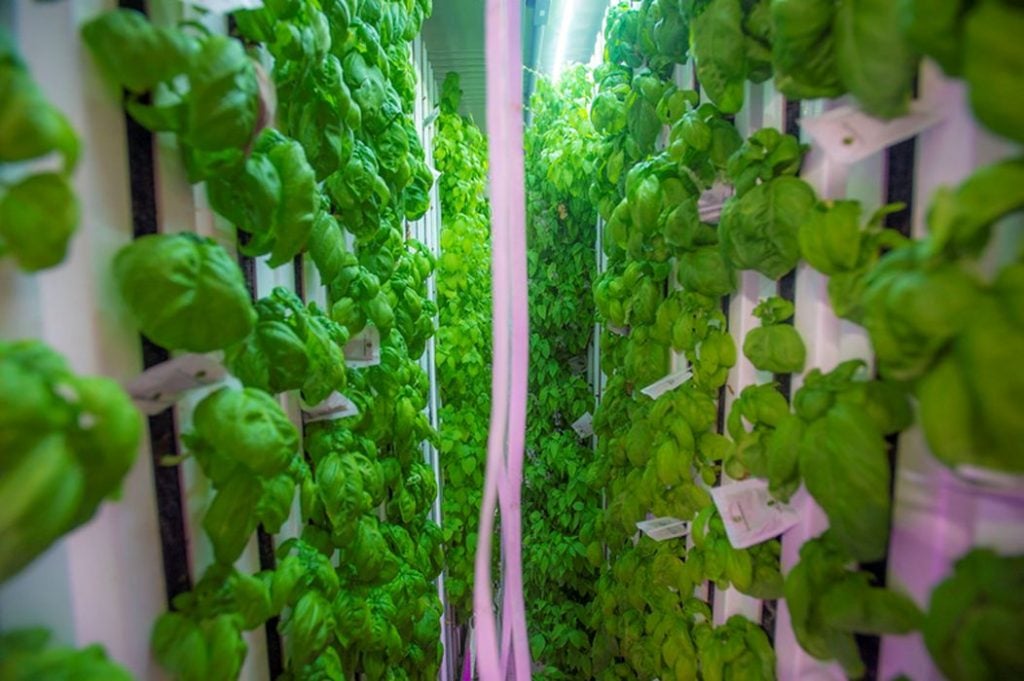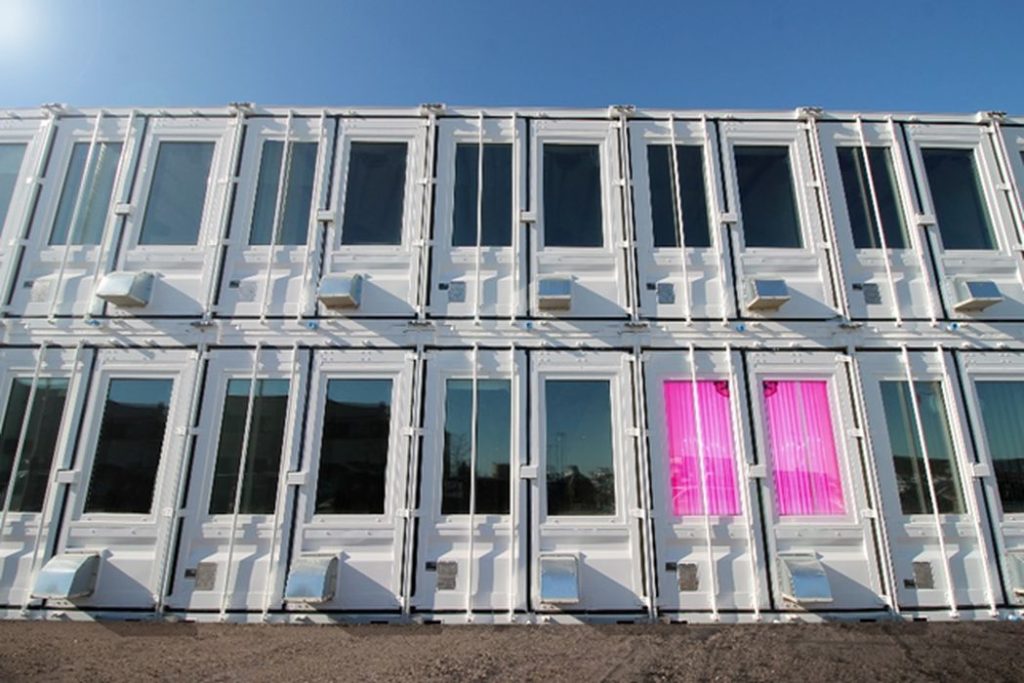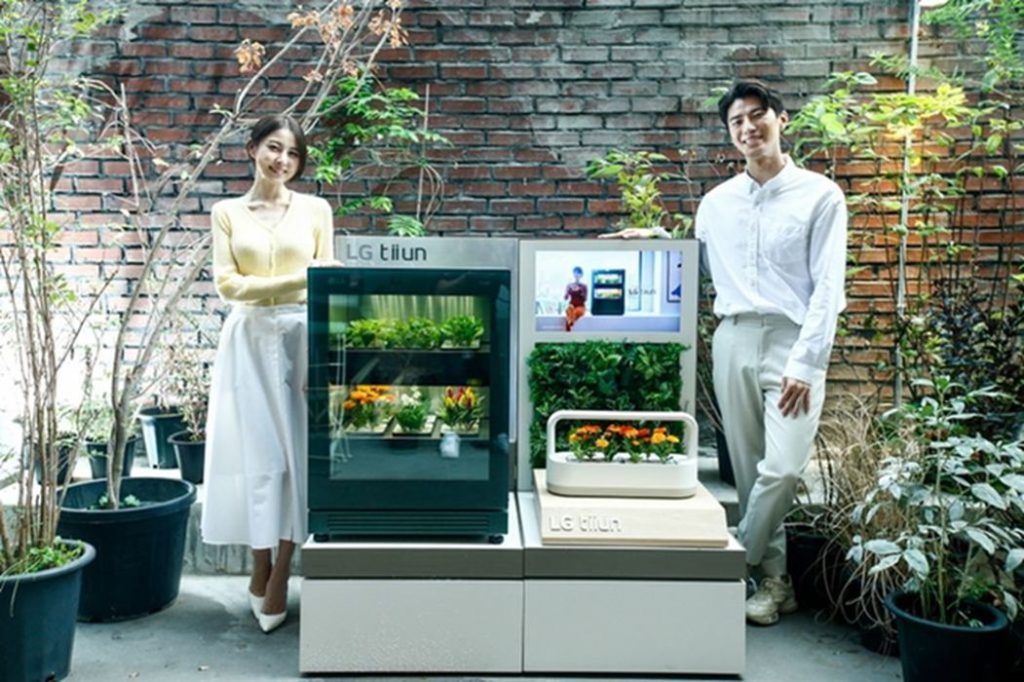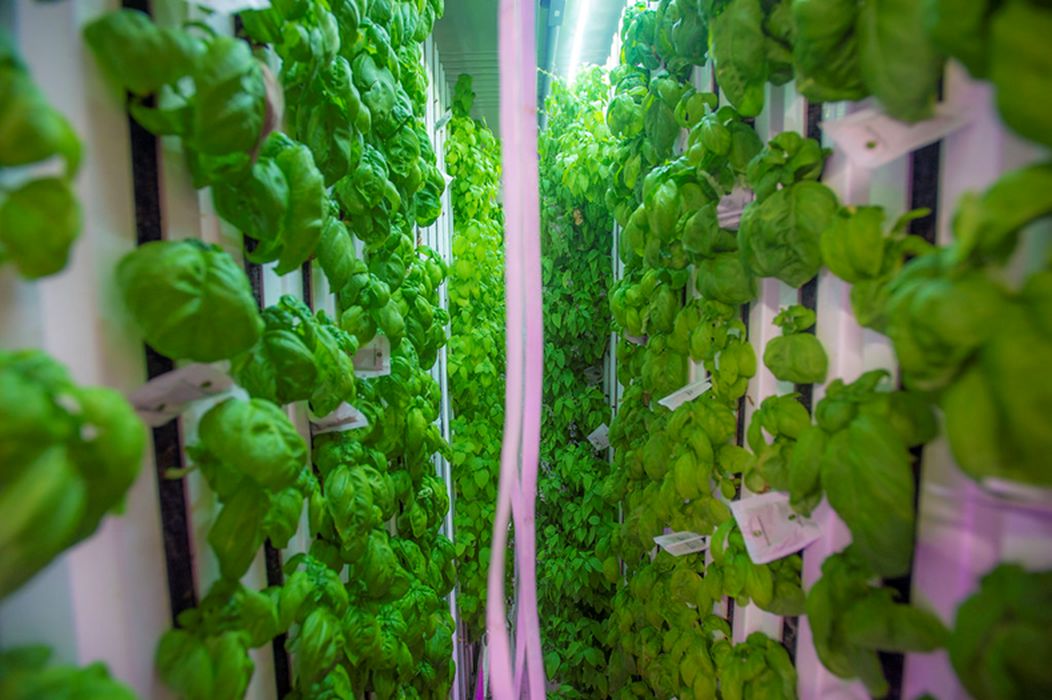
Charles R. Goulding and Preeti Sulibhavi believe 3D printing could greatly assist the growing practice of vertical farming.
Vertical farming has enabled the agricultural industry to grow crops in urban areas, have sustainable growing techniques, and help reduce food insecurity. The market for this industry as of 2022 is US$5.37B and by 2030 it is projected to be worth US$33B with a growth rate of 25.5%.
Vertical farming is the agricultural process by which crops are grown stacked on top of each other as opposed to traditional, horizontal rows. This results in the conservation of space resulting in higher crop yield per square foot of land. It also means that food can be grown closer to the points of consumer consumption leading to less time spent in transport and more time being ready-to-eat.
The drawbacks to vertical farming are that it requires a higher upfront investment, increased power consumption, problems with pollination can occur and there are more stringent regulatory requirements.

Vertical farming, also referred to as Controlled Environment Agriculture, or CEA allows for different plants to grow in one indoor farm and have their environments customized to their individual needs. And, instead of soil, many vertical farms utilize hydroponic, aeroponic, or even aquaponic methods.
With the crisis in Ukraine, disrupting the global food supply chain, nations must ensure there is a domestic supply of food resources. Vertical farming is a potential solution.
Vertical Farming and 3D Printing
Vertical farming is generally done within the interior of a building or structure. Interior farming requires LED lighting, irrigation systems, pipes, pumps, valves, and filters. All of these items can be 3D printed.
3D printing is getting involved in this emerging field. We have covered how to achieve a 3D printed garden as well as how planting seeds in 3D printed planters can help us sprout into action.
There is also the unique indoor plant appliance that LG Corporation, headquartered in Seoul, South Korea, has created. Designed as a completely self-contained unit, the LG tiiun holds two shelves that can each carry up to six all-in-one seed packages along with three different kinds of seed kits. With each seed package, containing 10 holes for seed germination, consumers can grow a myriad of greens simultaneously for garden-to-table food in only four to eight weeks. The Korean tiiun trend is a mini example of what vertical farming aims to do.

Companies using 3D printing to research, test and develop indoor vertical farming applications and devices may be eligible for Research and Development Tax Credits.
The Research & Development Tax Credit
The now permanent Research and Development (R&D) Tax Credit is available for companies developing new or improved products, processes and/or software.
3D printing can help boost a company’s R&D Tax Credits. Wages for technical employees creating, testing and revising 3D printed prototypes can be included as a percentage of eligible time spent for the R&D Tax Credit. Similarly, when used as a method of improving a process, time spent integrating 3D printing hardware and software counts as an eligible activity. Lastly, when used for modeling and preproduction, the costs of filaments consumed during the development process may also be recovered.
Whether it is used for creating and testing prototypes or for final production, 3D printing is a great indicator that R&D Credit eligible activities are taking place. Companies implementing this technology at any point should consider taking advantage of R&D Tax Credits.
Conclusion
From the hanging gardens of Babylon to the Aztec’s “Chinampas,” to the Incas vertical farming lands deep in the Andes, vertical farming is not a new concept. But it is relevant now more than ever. By 2050, humans will need to produce 70% more food to feed an estimated 10 billion people globally. Current agricultural methods cannot sustainably feed that population. It is time to utilize 3D printing to help solve this problem. It is time to “grow up”.

